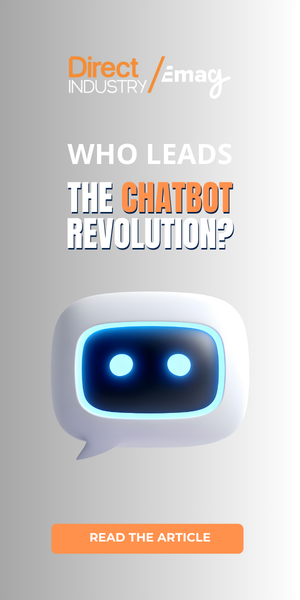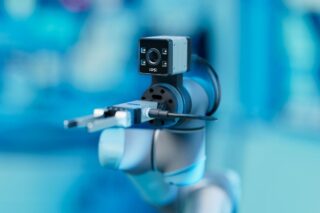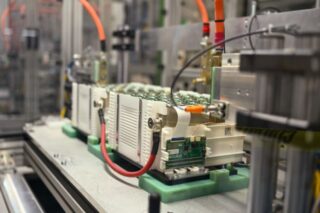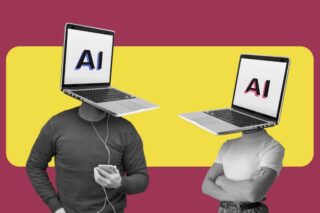As 2024 draws to a close, the hype surrounding Artificial Intelligence shows no signs of weakening. Sectors and industries where safety and compliance usually inform slow and mindful technology adoption haven’t been shielded by the pressure of having to at least sprinkle the “AI” buzzword onto their investors’ reports.
While there is no denying that AI, and generative AI in particular, are fundamental technologies that have already started to change the world, the hype and overinflated promises about their short-term applications have yet to materialize.
The entire tech industry, pushed by the marketing narrative of companies like OpenAI and others with high-stakes vested interests, seems to have chosen to disregard Amara’s law fully. The well-known adage popularized by researcher and futurologist Roy Amara states that “people tend to overestimate the short-term impact of new technologies while underestimating their long-term effects“.
Another Tech Bubble?
Information Philosopher and Yale University ethicist Luciano Floridi, in a September 2024 paper aptly titled “Why the AI Hype is another Tech Bubble,” draws a compelling comparison to adopting another disruptive technology more than a century ago:
“Consider electricity. Once it was no longer just an extraordinary lab phenomenon and became a utility, the first electric power stations were built in the 1880s. Early adoption in some factories, with limited impact, happened in the 1890s-1900s. Widespread adoption and significant productivity gains occurred only in the 1910s-1920s. It took 30 years to have a profound impact on industry and business. AI will probably be quicker than that, but it will still be a matter of many years, not months.”
According to Floridi and many other academics who don’t hold any vested interest in the short-term success of AI applications, the AI hype cycle is indeed a bubble. They maintain that the similarities between the current scenario and previous tech bubbles, such as the Dot Com boom of the early 2000s, are as undeniable as they are worrisome. At the center of it all is a nascent and extremely promising technology (the Internet and the Web back then, generative AI today) whose short-term applications are considered a strong enough leverage to quickly move enormous amounts of capital.
AI and generative AI, in other words, are not the source of the problem, but just another promising technological platform that lends itself to schemes and speculations on the markets that are fully detached from financial fundamentals. Per Floridi, from the same paper:
“AI has had many seasonal ups and downs (known as summers and winters), but they were technological and scientific, not financial and economical. Investment in AI companies, startups, and AI-related stocks has skyrocketed, often based more on potential than current capabilities or profitability”.
Solving Real World Problems
Not everyone agrees that we’re currently going through a bubble. Goldman Sachs’ Chief Researcher Peter Oppenheimer believes that the current trend aligns with the stellar returns offered by tech companies since the 2008 crisis.
According to Oppenheimer, AI follows a similar pattern to other foundational technologies, from canals in the 18th century to the telephone, therefore attracting significant investments, capital, and media attention.
But while Goldman Sachs is understandably trying to paint a positive outlook, their analysis is still cautious and doesn’t exclude the potential for a bubble burst. Even if that happens, they maintain that the technology’s potential won’t be impacted in the mid to long term. This is, admittedly, what happened to the Internet and the Web after the Dot Com bubble crash.
Professor Floridi, on the other hand, continues to believe that, unless a series of improbable corrections in social and financial behaviors will occur, the AI bubble is inevitably bound to pop. While many companies won’t survive, and many investors will feel the burn of betting too soon on overhyped technologies, he fundamentally agrees with the Goldman Sachs report on the fact that this won’t impact AI’s potential for humanity in the mid-to-long term. In his paper conclusion, Floridi also offers a general guideline about how to avoid the damage that, according to his analyses, will accompany the AI-Bubble burst.
“By learning from the past and approaching the AI bubble with critical and cautious excitement, one can harness the innovative power of this technological leap while minimizing the destructive impacts of its burst. As we navigate this AI-driven landscape, we must remember that value creation comes not from hype or speculation but from developing technologies that solve real-world problems and improve people’s lives and environments. The challenge lies in distinguishing between AI’s genuine potential and its ludicrous promises and channeling investment and effort into areas that will yield sustainable, long-term benefits for society.”









![Image [Buying Guide] How to Choose the Right Protection Gloves?](/wp-content/uploads/sites/3/Gloves-1-320x213.jpg)
